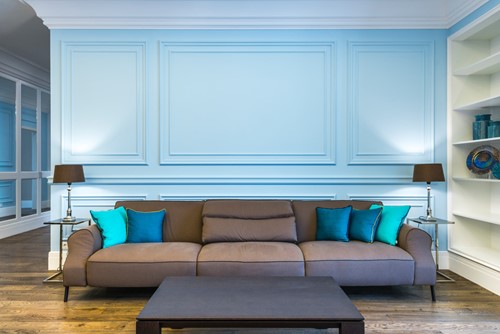
Symmetrical balance is a crucial part of interior design. The arrangement of furnishings and decorative pieces in a space can have a profound effect on the overall aesthetic, regardless of the style of the room. To help you achieve a symmetrical or asymmetrical balance in your home decorating, here is a simple guide to the basics:
Symmetrical balance is simple to achieve by repeating elements on both sides of an “axis” or center line of your space. Some ways to make your design symmetrically balanced include:
Asymmetrical balance might seem difficult to create at first, but once you know the basics, you'll find it a natural and informal way to decorate your space. Some tips for asymmetrical balance include:
Each type of symmetrical balance plays an important part in every room's design. Depending on the size and shape of the space you're working with, one type of balance might be more effective than the other. While remembering these tips can help you plan your layouts, it ultimately comes down to your preference and what you feel works best with your personal design style.

Let me put my 24+ years of real estate sales experience to work for you! Being the daughter of a realtor / builder and developer, I know the challenges of real estate transactions and have the experience to make yours a smooth and pleasant one! Call me today, and we will get you moving tomorrow!